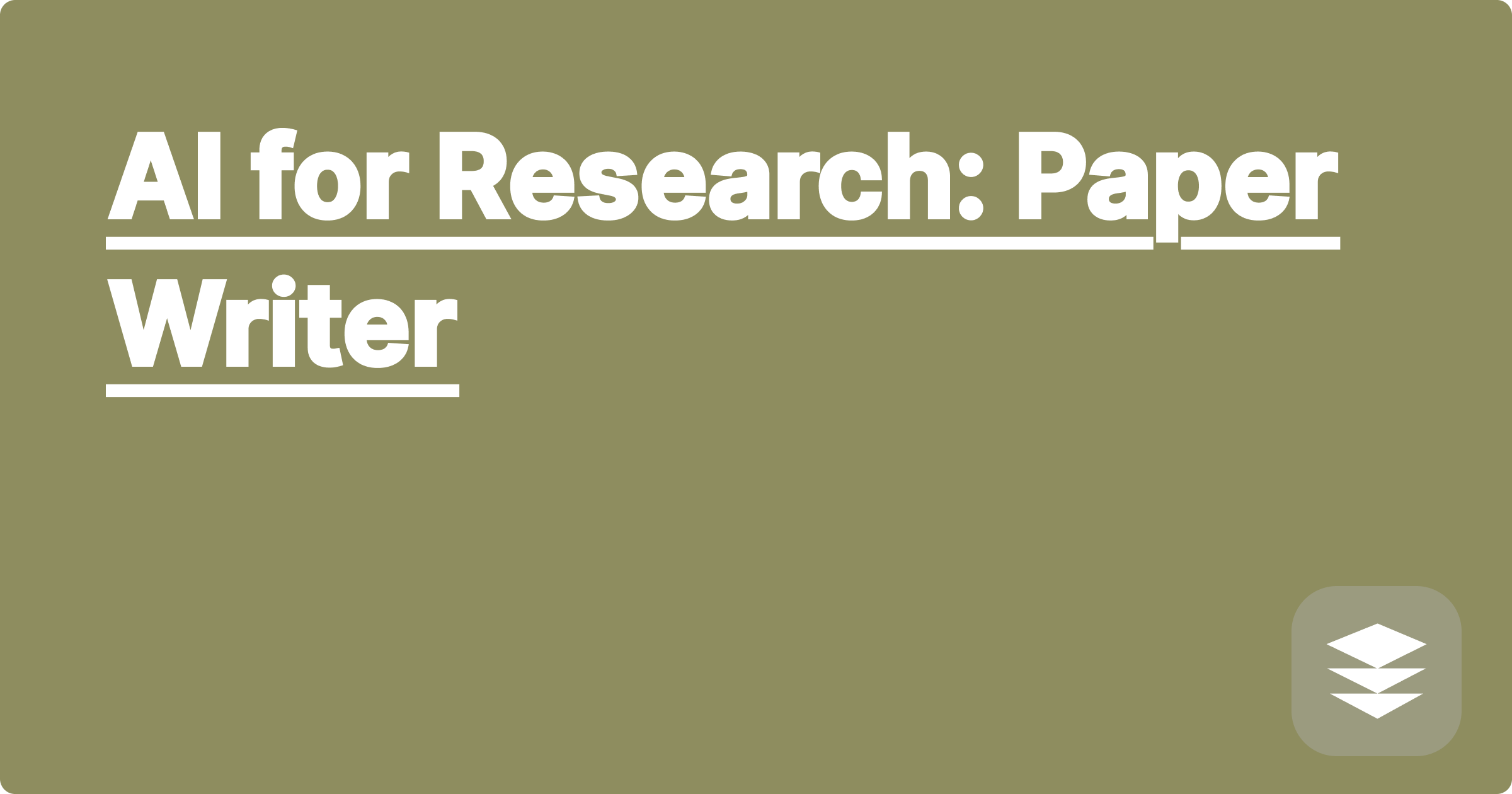
The sheer volume of information and the pressure to publish groundbreaking research in STEM fields present a significant challenge for students and researchers alike. Staying abreast of the latest advancements, synthesizing complex concepts, and effectively communicating findings can be overwhelming. Artificial intelligence offers a potential solution to streamline these processes and empower STEM professionals to focus on the core aspects of their work: discovery, innovation, and problem-solving. This emerging paradigm shift has the potential to reshape the research landscape, offering tools to enhance productivity and deepen understanding.
For STEM students and researchers, embracing AI-powered tools is no longer a luxury but a necessity for staying competitive and maximizing their impact. These tools can help manage the ever-increasing complexity of research, from literature review and data analysis to drafting and refining manuscripts. Mastering these technologies can significantly improve efficiency, enabling researchers to dedicate more time to critical thinking and experimental design, ultimately leading to more impactful contributions to their respective fields. This blog post will delve into the application of AI for research, specifically focusing on its potential as a powerful writing assistant.
The core challenge in academic writing, particularly in STEM, lies in effectively articulating complex ideas with clarity and precision. This often involves translating intricate mathematical formulations, experimental procedures, and analytical results into a cohesive and understandable narrative. Researchers often struggle with structuring their arguments, synthesizing information from diverse sources, and ensuring the logical flow of their writing. The time-consuming nature of writing and editing can detract from valuable research time, hindering progress and potentially delaying impactful discoveries. Furthermore, maintaining consistency in style and adhering to specific journal guidelines adds another layer of complexity to the process.
AI writing assistants, like ChatGPT, Claude, and other similar large language models, can be invaluable tools for overcoming these writing challenges. These AI models, trained on vast amounts of text data, can assist with various aspects of the writing process, from generating initial drafts and refining existing text to improving clarity and ensuring grammatical accuracy. They can also be used to summarize complex information, paraphrase technical jargon, and even suggest relevant literature based on a given topic. Wolfram Alpha, with its focus on computational knowledge and symbolic computation, can be particularly helpful for STEM researchers dealing with complex equations and data analysis. It can provide step-by-step solutions, generate visualizations, and even offer alternative approaches to problem-solving.
Begin by clearly defining the scope and purpose of your writing project. This could involve outlining the key arguments, identifying the target audience, and specifying the desired length and style. Then, gather all relevant research materials, including data, figures, and previous drafts. Input this information into the chosen AI tool, providing clear instructions and context. For example, you can ask ChatGPT to generate an introduction based on your research question or request Claude to summarize a complex set of findings.
Next, review and refine the AI-generated output. It's crucial to remember that these tools are assistants, not replacements, for human intellect. Critically evaluate the generated text, ensuring accuracy, coherence, and originality. Edit and revise as needed, incorporating your own insights and expertise. For mathematical formulations, Wolfram Alpha can be used to verify derivations and explore alternative representations.
Finally, polish the final draft, paying close attention to style, grammar, and formatting. Utilize plagiarism detection software to ensure the originality of your work and adhere to all relevant ethical guidelines.
Consider a researcher studying the impact of a new drug on cell growth. They could use ChatGPT to generate a concise abstract summarizing their findings. For instance, they could input data on cell proliferation rates and ask ChatGPT to "Write an abstract summarizing the effect of Drug X on cell growth." Similarly, Wolfram Alpha can be used to analyze the statistical significance of the results. Entering the data into Wolfram Alpha can generate p-values and confidence intervals, which can then be seamlessly integrated into the research paper. Another example involves using Claude to paraphrase a complex explanation of a biochemical pathway, making it more accessible to a broader audience. By inputting the technical description into Claude and prompting it to "Explain this biochemical pathway in simpler terms," the researcher can obtain a more readily understandable version.
Developing a strong understanding of the capabilities and limitations of AI writing tools is essential for effective utilization. Experiment with different platforms to identify the tools that best suit your specific needs and writing style. Always critically evaluate the AI-generated output, ensuring accuracy and originality. Remember that these tools are meant to augment, not replace, human intellect. Develop a collaborative approach, using AI as a partner in your writing process.
Another crucial aspect is ethical considerations. Transparency in the use of AI tools is paramount. Clearly acknowledge the role of AI in your writing process, specifying the tools used and their specific contributions. Maintain academic integrity by ensuring the originality of your work and avoiding plagiarism. Use AI responsibly and ethically, adhering to all relevant guidelines and regulations.
Conclude your research paper by summarizing your key findings and highlighting their implications. Discuss the limitations of your study and suggest future research directions. Ensure your conclusion provides a clear and concise takeaway message, leaving a lasting impression on the reader. By following these tips and embracing the potential of AI, STEM students and researchers can significantly enhance their writing skills and accelerate their academic progress. Explore the various AI tools available, experiment with different approaches, and discover how these technologies can empower you to achieve your research goals. The future of scientific writing is evolving, and embracing these advancements will be crucial for success in the competitive landscape of STEM research.
AI Chemistry Solver: Ace Exams
AI Statistics Help: Data Analysis